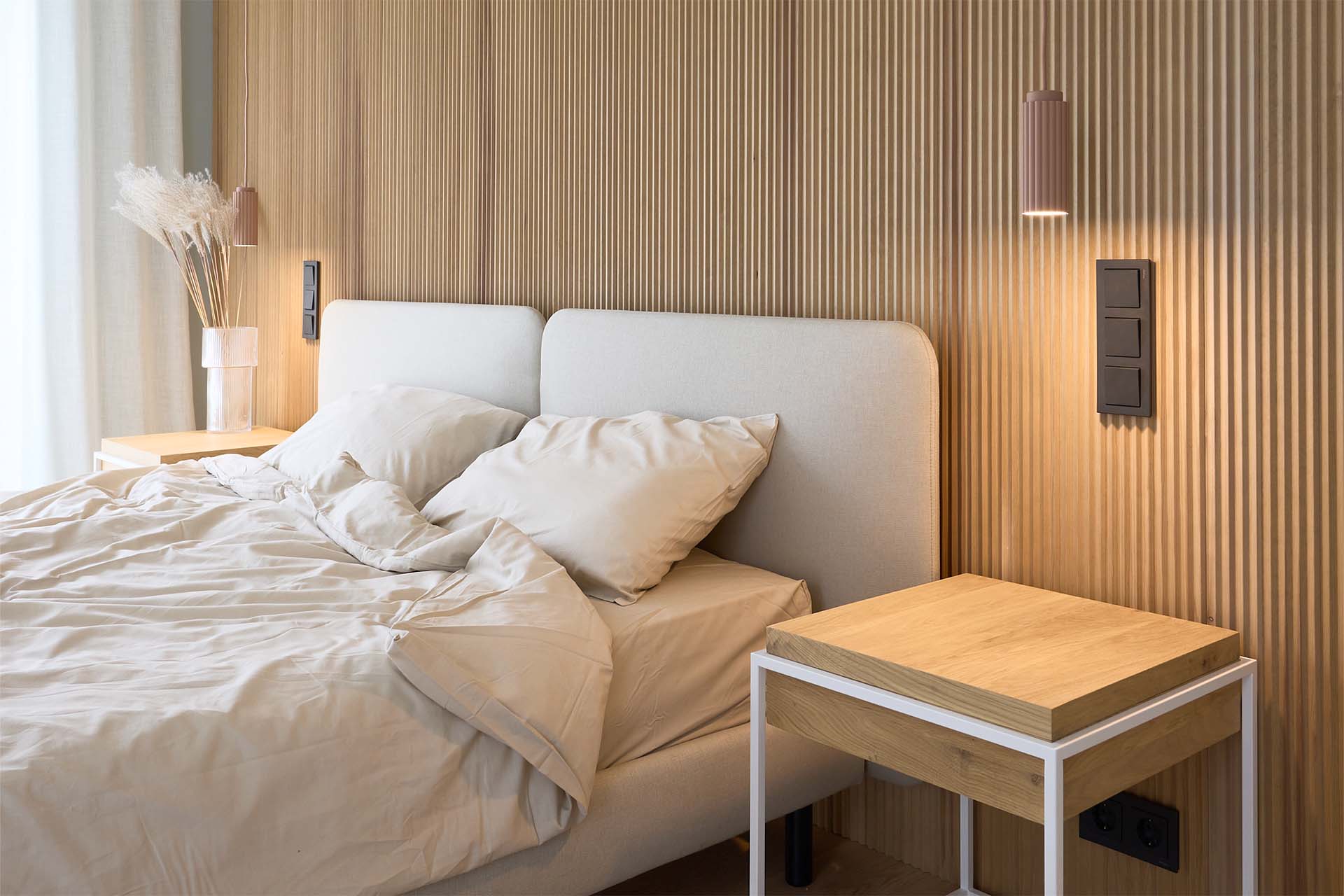Timber battens are becoming more popular in interior and outdoor architecture because of their sustainability, aesthetic appeal, and adaptability. Because they can create aesthetically attractive rooms and are an environmentally responsible alternative to standard construction materials, these thin, wooden strips are becoming more popular among interior designers, architects, and homeowners. This article delves into the transformative power of timber battens, exploring their myriad uses, design potentials, and the sustainable advantages they offer.
The Beauty of Timber Battens
Timber battens, also known as slats or strips, are slender pieces of wood, typically made from sustainable sources like bamboo, cedar, or recycled timber. Their elegant simplicity adds a touch of natural warmth and texture to any space. Whether employed as a decorative element or as functional components, timber battens are renowned for their ability to elevate the aesthetics of both interior and exterior designs.
Uses of Timber Battens
Timber battens have a wide range of uses across various industries and applications due to their versatility and durability. Here are some common uses:
1. Cladding and Facades
Timber battens are commonly used to clad building exteriors, providing both protection and aesthetic appeal. They create visually appealing facades and can be arranged horizontally, vertically, or diagonally, offering architects flexibility in design.
2. Interior Design
- Wall Coverings: Battens add texture and visual interest to interior walls, either as accents or as full wall coverings.
- Ceilings: They are used in a suspended timber ceiling, offering acoustic benefits and an attractive aesthetic.
- Room Dividers and Partitions: Battens can create space divisions, adding privacy while maintaining an open feel.
3. Privacy Screens and Fencing
In outdoor spaces, timber battens are used to create privacy screens, fencing, or partitions. They offer privacy without completely blocking light or airflow.
4. Structural Support
- Roofing: Battens provide a base for roofing materials like tiles or metal sheets.
- Decking: They form a stable substructure for decking materials, providing support and stability.
5. Landscaping
- Pergolas and Trellises: Battens are employed in creating structures for climbing plants, adding an aesthetic touch to outdoor spaces.
- Garden Edging: They define garden beds and pathways, enhancing landscaping designs.
6. Furniture and Joinery
Battens are used in crafting furniture pieces and joinery. They can serve as structural components or as decorative elements in cabinets, doors, and frames.
7. Architectural Detailing
They’re utilised for architectural detailing in various ways, including:
- Sunshades: Battens can act as sunshades, controlling sunlight and reducing heat gain in buildings.
- Decorative Features: They add visual interest to building exteriors or interiors, complementing the overall design.
Advantages of Timber Battens
Timber battens offer a multitude of advantages, making them a popular choice in various construction, design, and architectural applications.
- Aesthetic Appeal: Timber battens add warmth, character, and a natural ambience to spaces, enhancing visual appeal. It is available in different wood types, sizes, and finishes, allowing for versatile design options and customisation to suit specific aesthetics.
- Flexibility in Design: It can be arranged in various patterns and orientations, offering designers flexibility to create unique visual effects. Battens can also incorporate lighting fixtures, creating ambient lighting effects and enhancing the overall design.
- Functional Utility: It is used in roofing and decking, providing a stable base for roofing materials and deck surfaces. It can also serve as screens or partitions indoors and outdoors, offering privacy without blocking light or airflow.
- Thermal and Acoustic Benefits: It can contribute to additional insulation between spaces, enhancing thermal comfort. It is also used in sound studios and spaces where acoustic treatment is necessary, aiding in sound absorption or diffusion.
- Ventilation and Light Control: Allow for airflow between spaces, contributing to natural ventilation systems. Additionally, it offers the ability to control the entry of natural light while maintaining privacy.
Sustainability: Timber Battens as a Green Design Solution
Aside from the benefits listed above, timber battens stand out as an environmentally sustainable choice in design and construction. Here’s why:
- Renewable Resource: Timber comes from renewable sources and, when sourced responsibly, promotes forest sustainability through proper management and replanting.
- Carbon Sequestration: Wood naturally stores carbon dioxide, making timber products an effective means of reducing carbon emissions.
- Energy Efficiency: Timber’s natural insulating properties can contribute to better energy efficiency in buildings, reducing the need for additional heating or cooling.
- Recyclability: At the end of their life cycle, timber battens can often be recycled or repurposed, minimising waste and reducing environmental impact.
Conclusion
Timber battens have emerged as a versatile and sustainable design element, offering a harmonious blend of aesthetics and eco-friendliness. Whether employed in interior spaces for creating ambience or used externally to enhance architectural appeal, their adaptability makes them a go-to choice for designers seeking both style and sustainability.
Embracing timber battens isn’t just about following a trend; it’s a conscious choice towards creating inviting spaces while treading lightly on the environment. With their timeless allure and eco-friendly nature, these wooden strips are poised to continue transforming spaces, bringing the beauty of nature into our homes and buildings for years to come.

